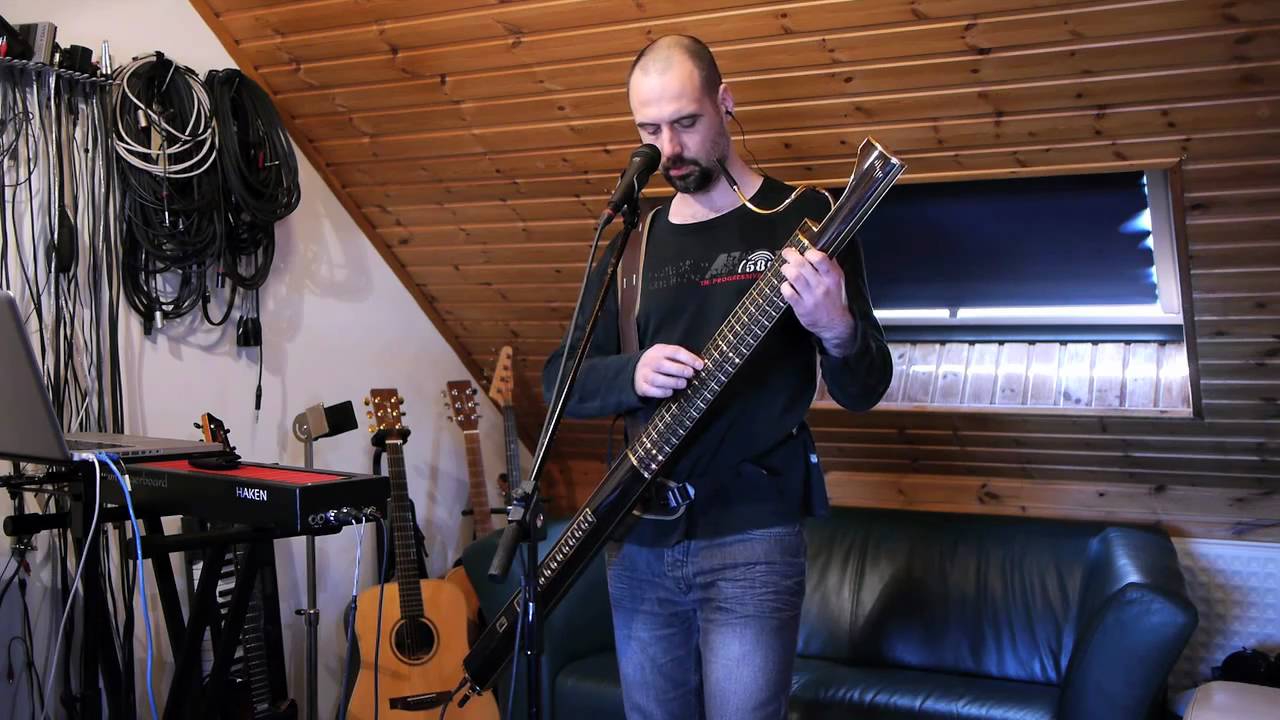…what you end up with, either with the Pico or the Warbl, is a table indicating what note gets played for any particular combination of keys. Here’s a fragment of the fingering I use as represented for the Pico…
finger 1 = 2,1 * +0.0
finger 2 = 2,1 2,2 1,5 1,6 1,7 * +1.0
finger 3 = 2,1 2,2 1,5 1,7 * +2.0
finger 4 = 2,1 2,2 1,6 1,7 * +3.0
finger 5 = 2,1 2,2 1,5 1,6 * +4.0
finger 6 = 2,1 2,2 1,5 * +5.0
finger 7 = 2,1 2,2 1,6 * +6.0
Here “2,2” refers to “second button, second row”, and eg “+5.0” means “five semitones up from the base note”.
…and here’s a fragment for the Warbl.
{57}, //1110100 A
{57}, //1110101 A
{54}, //1110110 Gb
{54}, //1110111 Gb
{56}, //1111000 Ab
{56}, //1111001 Ab
{53}, //1111010 F
{53}, //1111011 F
{55}, //1111100 G
{55}, //1111101 G
{52}, //1111110 E
{52}, //1111111 E
Here the initial number represents the MIDI note value, and the binary numbers represent patterns for the seven holes. (The binary number and note name are actually just a comment…that’s because it uses an exhaustive list of every binary number in order.)

